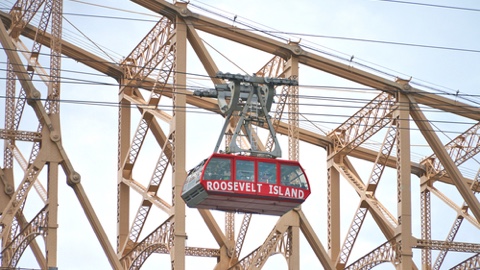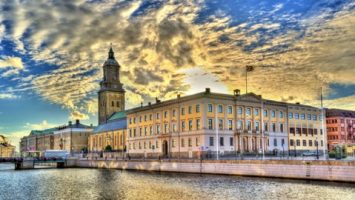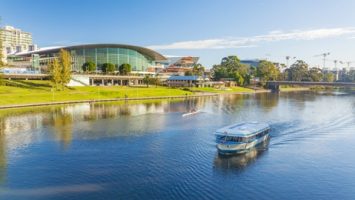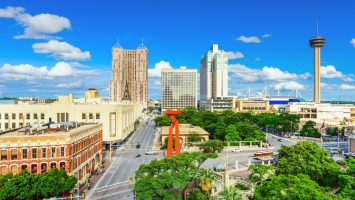
The Cornell Tech campus was recently opened on on New York’s Roosevelt Island. The 12-acre (five-hectare) campus is a partnership between Cornell University and Technion – Israel Institute of Technology and will serve both students and faculty, along with tech entrepreneurs and businesses.
“Cornell Tech is the first campus ever built for the digital age, bringing together academia and industry to create pioneering leaders and transformational new research, products, companies and social ventures,” said the university.
The Bloomberg Center – created by Morphosis – is considered to be one of the largest net-zero academic buildings in the country. The building is powered by 1,465 photovoltaic panels, also provides a canopy that shades the building, thus reducing heat gain and thermal loads. The Center also features a closed-loop geothermal well system for cooling and heating, a rainwater harvesting system, and other smart building technologies.
“The aim of Cornell Tech to create an urban center for interdisciplinary research and innovation is very much in line with our vision at Morphosis, where we are constantly developing new ways to achieve ever more sustainable buildings and to spark greater connections among the people who use our buildings,” said Thom Mayne, founder of Morphosis.”With the Bloomberg Center, we’ve pushed the boundaries of current energy efficiency practices and set a new standard for building development in New York City.”
The New York firm, Handel Architects, has designed an energy-efficient, 26-story apartment building for students, faculty and staff that is intended to be the world’s tallest Passive House in the world, meaning it will use natural heating and ventilation systems. Some of its many sustainable technologies include a shaded facade, an airtight building envelope, and an energy-recovery ventilation system.
“Compared to conventional construction, the building is projected to save 882 tons of CO2 per year, equal to planting 5,300 new trees,” said the university.
The landscaping includes a number of sustainable features, such as rain harvesting for irrigation, subterranean gravel trenches that hold and slow down storm water, and bio-filtration gardens that treat storm water runoff non-mechanically before it enters the river.


